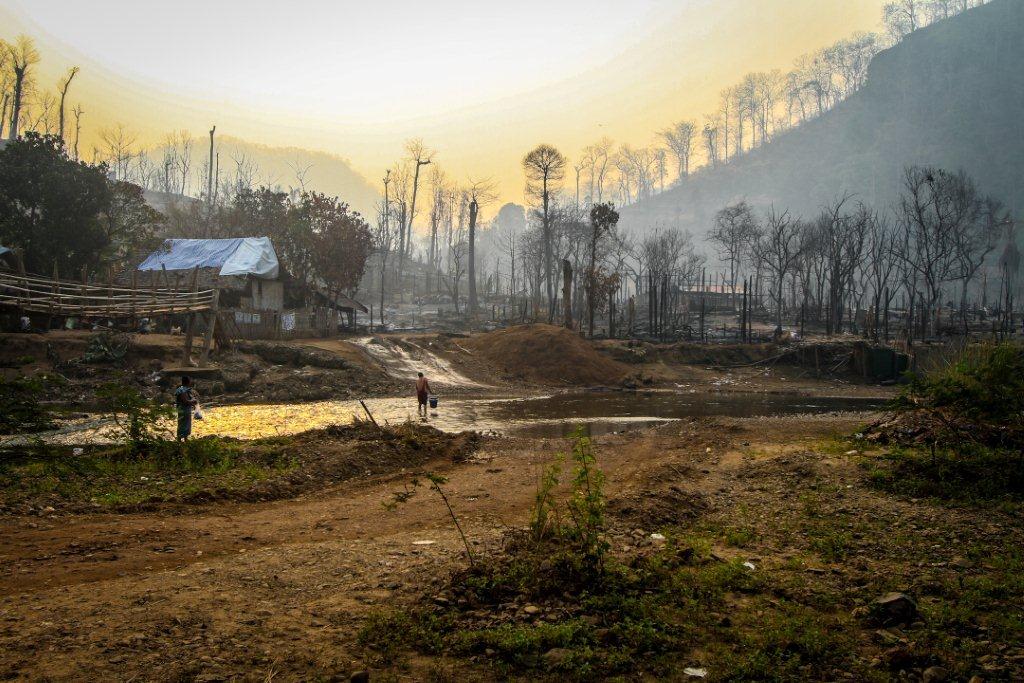FBR Report: The Burning of Karenni Camp 2 and Relief Efforts
9 April, 2013Karenni State, Burma
Dear friends,
On Friday afternoon, 22 March, a fire devastated the Mae Surin Refugee Camp, home to more than 3,605 people. The deadly fire killed 39 people and left 2300 homeless. The response of people wanting to help has been swift. Thank you for part in this and for the help for these Karenni families. Here is an update and photos of the situation and a thank you for all who helped. This report is written by the team we sent to help.
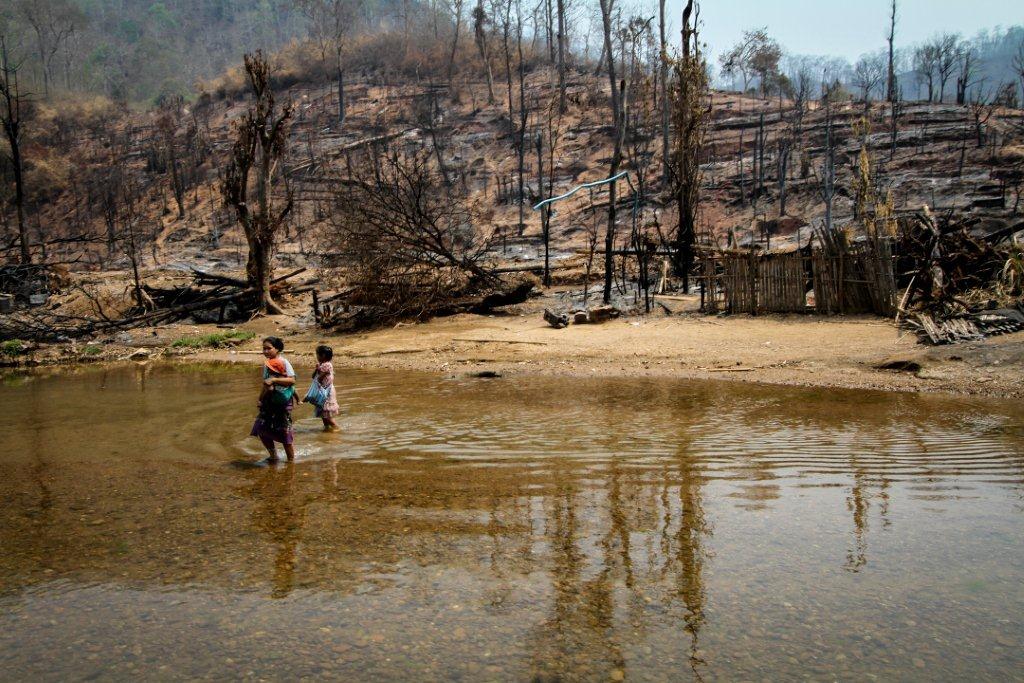
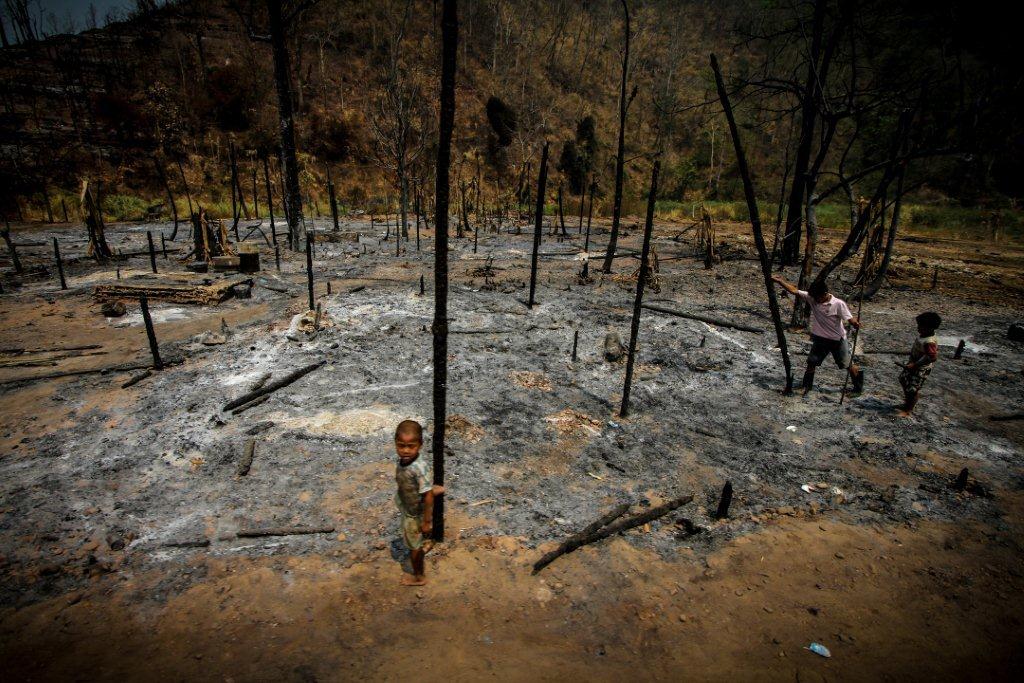
We first learned of the fire in the middle of a border mission near Karen State, but, as we were far away, there was little we could do immediately. Also, our work is not typically in refugee camps and we had no emergency funds set aside for this sort of situation. But we sought a way to help, as people were in need, we have been there many times and several ex-Rangers and many once-IDP families from Burma now call this camp home.
With no clear answer on what to do, Dave prayed for a way FBR could help. A little later, he received a message from The Best Friends Library who supports people in need from Burma. They had relief supplies and funds, but no means of transporting them to the camp. While we had no money or supplies, we did have trucks and rangers ready. Doh Say, a Karenni FBR leader, led the trip, joined by a few volunteers.
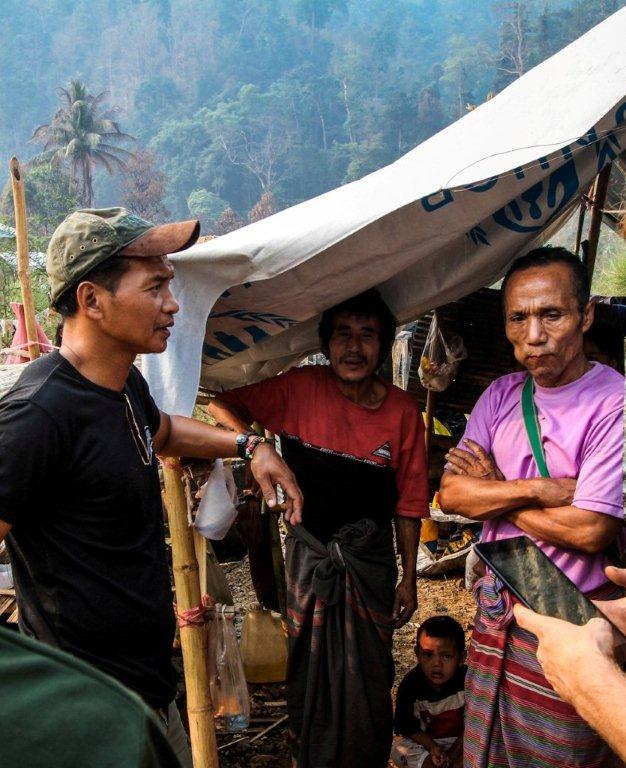
We left at 9 a.m. the morning after our return from the border. Ten hours and several engine overheating stops later we arrived at the gate to the camp, unsure of whether or not we would be allowed in. Three hours prior, we had received a phone call that the camp gate would close at 5 p.m. and it was now 7. We prayed for an opening and were able to go in.
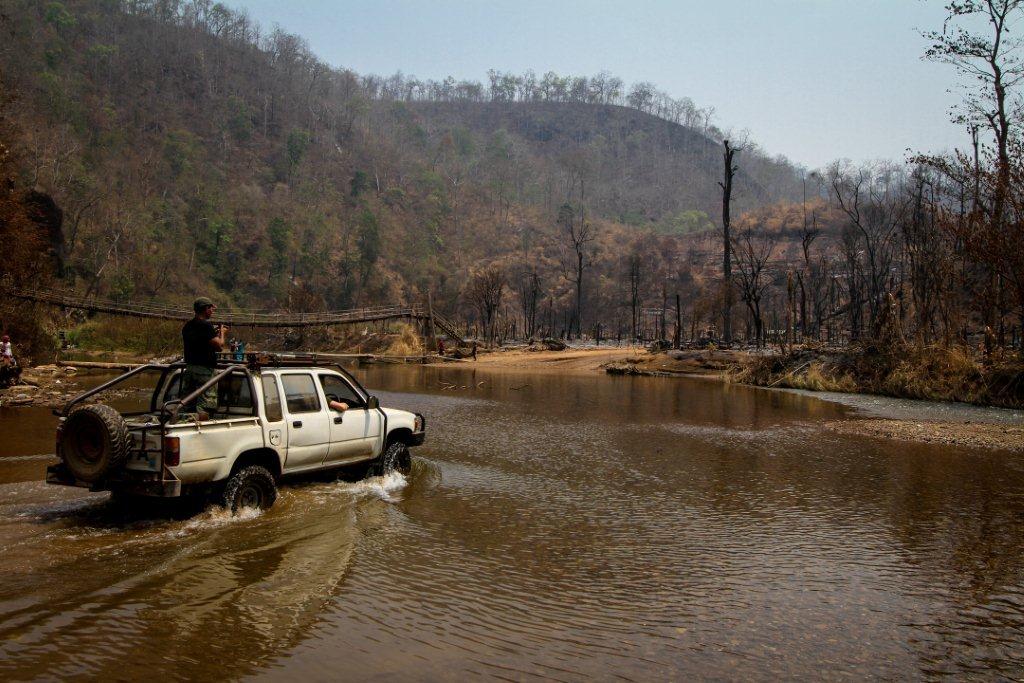
We drove into rocky flats along a riverbed leading to the camp, and were greeted by hundreds of candlelit tents lining steep canyon walls, the candlelight reflecting off the snaking river we were driving through. We drove straight up the river in places, finally coming to a halt at an oasis of technology in this remote camp: the emergency response center, complete with satellites, internet, and aid workers.
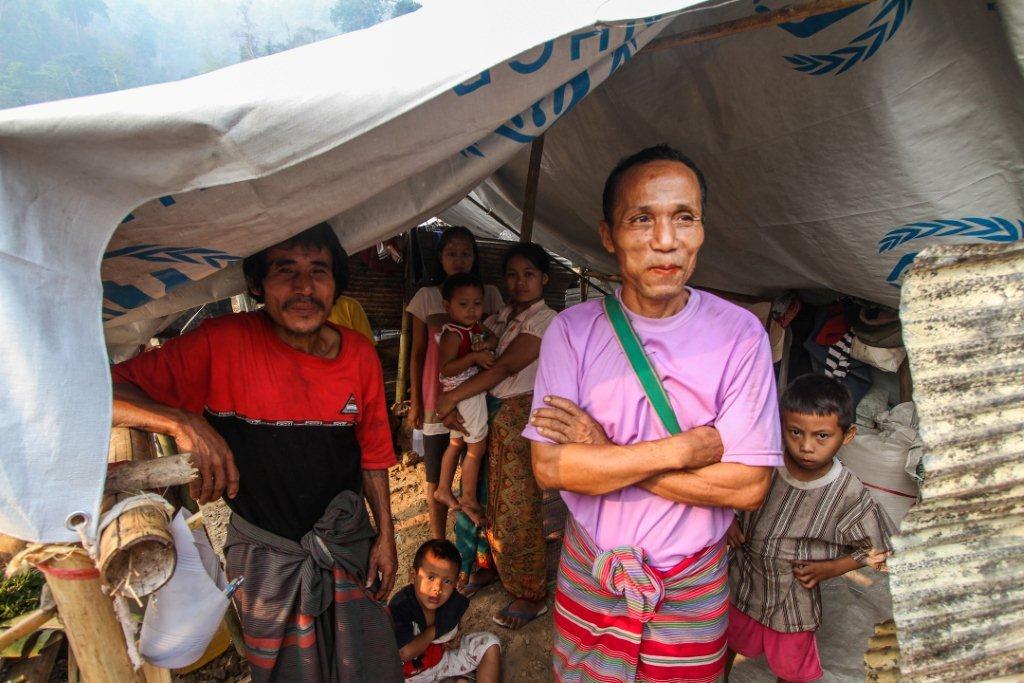
By flashlight we entered the camp, and, crisscrossing the river, we soon came to the area which had burned. The air smelled of recently scorched earth and, in places, logs continued to smolder. Charred bamboo poles rose from the ground and each step left footprints in the ash. We soon arrived at the bamboo home of the camp chairwoman. I’m not sure whether they knew of our arrival, but they made space for us to sleep in and prepared dinner.
We rose in the morning to deliver relief supplies, including rice and cooking materials, and begin interviewing victims. We made visits to families in two sections displaced by the fire, as well as interviewing several other victims and the camp chairwoman. The fire victims were living in temporary tarp shelters.
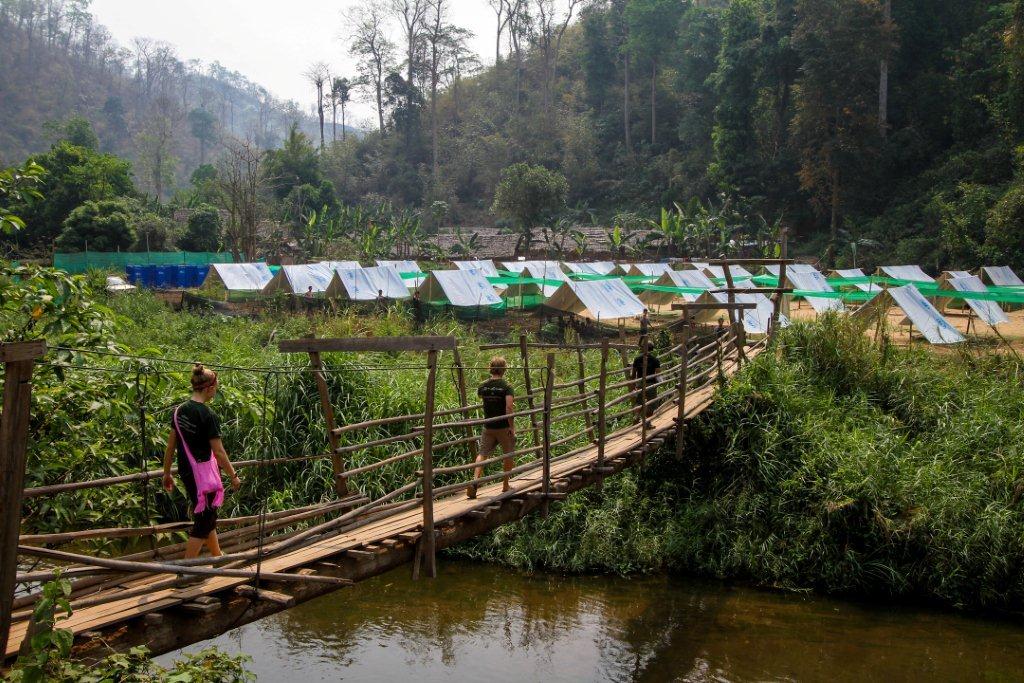
In total, the blaze destroyed 380 homes out of 685. The camp is divided into four sections and the fire consumed sections 1 and 4, displacing approximately 2,300 people. In addition to the homes, the fire burned 2 churches, 1 Bible school, and a large medical clinic. In total, 37 people died from the fire, including two pregnant women with un-born babies.
The refugees interviewed said they had time between seeing the fire and it arriving at their home. One section burned in 10-15 minutes while the other burned over the course of 30-60 minutes. Some did not know what to do and ran in and out of their homes in fright. Many were not able to save possessions from their homes. Others attempted to fight the fire instead of gathering their belongings. Many of those who died did so because they went in to rescue others.
The first interview we conducted was with a woman name Bleh Paw. In her words: “I was cooking when I saw smoke rising from the houses below…” It is unclear how fast the fire spread, but it was rapid enough to leave some in a panic. Bleh Paw continued,saying, “I was scared. I ran in and out of the house not knowing what to do….” Her family escaped from the fire safely, but lost all their belongings in the blaze.
A second interview was conducted with a man named Saw Hebeh. He first learned about the fire from children shouting that houses were burning. He then began to “…throw water on [his] house and many other people did the same….” However, he “Became worried about [his] children and was unable to save any of the things in the house.”
According to the refugees, relief response came fast and we thank the Thai Government, The Border Consortium, the Best Friend Library and all who have led the way and helped in this. The refugees now feel they have received sufficient food rations. Their main needs include cooking pots and machetes. Much of a villager’s daily routine, from rebuilding to cooking, is done by machete. They do not have enough—or large enough—cooking pots to make food for their entire families. The sections of the destroyed refugee camp contained predominately Christian families and they requested new Bibles, as theirs were mostly burned in the fire. Apart from their emergency needs, long-term needs include the supplies necessary for rebuilding their homes, churches, a Bible school, and also a medical clinic.
The local church remains strong and resilient. Despite having lost so much they still celebrated Easter Sunday. Though wisps of smoke now rose from where bamboo churches had once stood, at 11 a.m. songs started to rise from the buildings that remained standing. The body of believers, some of whom lost their church and homes, still found places to fellowship and worship.
Please pray for those who lost so much as well as those now in hospital with serious burns.
We are thankful to all those of you who have sent immediate help and we will be sending in more funds and supplies to the refugees.
God bless you,
The Free Burma Rangers
